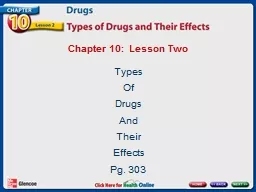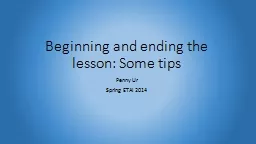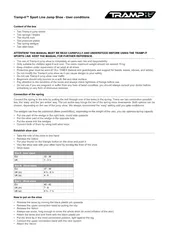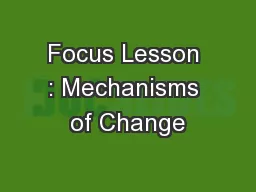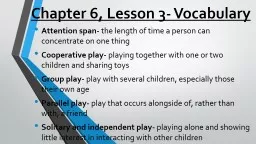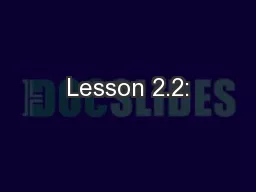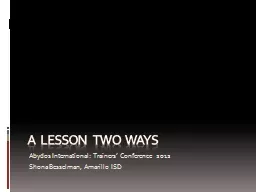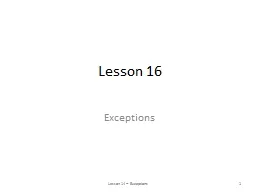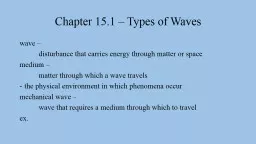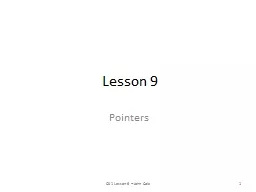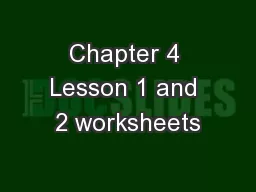PPT-Chapter 10: Lesson Two Types
Author : pamella-moone | Published Date : 2018-12-26
Of Drugs And Their Effects Pg 303 Drug Use and the Body When a person uses a drug over time he or she can develop a tolerance to the drug tolerance The bodys need
Presentation Embed Code
Download Presentation
Download Presentation The PPT/PDF document "Chapter 10: Lesson Two Types" is the property of its rightful owner. Permission is granted to download and print the materials on this website for personal, non-commercial use only, and to display it on your personal computer provided you do not modify the materials and that you retain all copyright notices contained in the materials. By downloading content from our website, you accept the terms of this agreement.
Chapter 10: Lesson Two Types: Transcript
Download Rules Of Document
"Chapter 10: Lesson Two Types"The content belongs to its owner. You may download and print it for personal use, without modification, and keep all copyright notices. By downloading, you agree to these terms.
Related Documents

